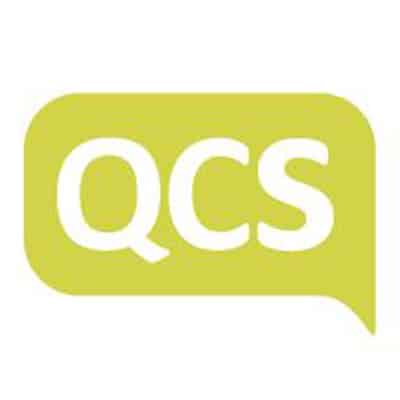A) What is Legionella?
Legionella bacteria are commonly found in water. The bacteria multiply where temperatures are between 20-45°C and nutrients are available. The bacteria are dormant below 20°C and do not survive above 60°C. Legionnaires’ disease is a potentially fatal type of pneumonia, contracted by inhaling airborne water droplets containing viable Legionella bacteria. Such droplets can be created and lead to disease transmission through aerosol, for example, by hot and cold water taps, wet air conditioning units and showers etc. Anyone can develop Legionnaires’ disease, but the elderly, smokers, alcoholics and those with cancer, diabetes or chronic respiratory or kidney disease are at more risk.
B) What is Pseudomonas Aeruginosa?
Pseudomonas is a type of bacteria (germ) that is found commonly in the environment, mainly in soil and in water. Of the many different types of Pseudomonas, the one that most often causes infections in humans, is called Pseudomonas aeruginosa (P. aeruginosa). It usually does not cause infections in healthy people. If an infection does occur in a healthy person, it is generally mild. More severe infections occur in people who already have another illness or condition, or in people who have a weak immune system. P. aeruginosa lives in the environment and can be spread to people in healthcare settings when they are exposed to water that is contaminated with these germs. Some superbug strains of Pseudomonas aeruginosa cause infections that are resistant to nearly all types of antibiotics. Resistant strains of the germ can also spread in healthcare settings from one person to another through contaminated hands, equipment, or surfaces.
Although practices carry out regular water temperature checks, interruptions to water supply can disrupt healthcare activities. Since the Coronavirus (COVID-19) pandemic lockdown at the end of March 2020, some practices may have had to close or reduce occupancy at branch surgeries or in individual consulting and treatment rooms.
The design of water systems should ensure that sufficient reserve water storage is available to minimise the consequence of disruption, while at the same time ensuring an adequate turnover of water to prevent stagnation in water storage vessels and water distribution systems. However, the longer that water outlets are not used or are not regularly flushed increases the risk of Legionella bacteria or Pseudomonas aeruginosa and other waterborne pathogens being found in the water.
C) Actions to be Taken
When reopening closed practices, sites or consulting/treatment rooms, a risk assessment must be done, and the following steps considered:
✓ Determine which water outlets have not been used or flushed out for over a week
✓ Test all outlets to ensure both hot and cold water taps meet the minimum and maximum temperatures
✓ Ensure that the release of water spray is properly controlled
✓ Staff should wear PPE, i.e. full face coverings when testing unused outlets in case of water spray and splashes
✓ Water samples should be analysed for Legionella periodically, in line with the practice risk assessment, to demonstrate that bacteria counts are acceptable
✓ Water samples should be analysed when reopening a practice, a branch surgery or consulting room
C) Specialist Help
Practices may need advice from a competent person and/or specialist to help to identify and implement suitable controls for Legionella or P. aeruginosa. The Health and Safety Executive (HSE) recognises that getting specialist help may be difficult during the coronavirus outbreak. If the practice is unable to appoint someone with the appropriate authority and competence to oversee the risk controls of water systems, stopping operation of the systems must be considered.
D) Additional Risk Prevention Measures
Staff should pay careful attention to recommended infection control practices and:
✓ Keep their hands clean to avoid getting sick and spreading germs that can cause infections
✓ Wash their hands with soap and water or use alcohol-based hand sanitiser, particularly before and after caring for wounds or touching a medical device
✓ Clean their room daily when in a healthcare setting
Practices should have water management plans and a Legionella Risk Assessment that help ensure water quality and reduce the risk of exposure to potentially harmful germs like Legionella and Pseudomonas aeruginosa.
E) Further information and resources are available:
- GOV.UK Safe water in healthcare premises (HTM 04-01)
- HSE Control of legionella bacteria in water systems and HSE Audit checklists
- HSE Legionnaires’ disease – Part 2: The control of legionella bacteria in hot and cold water
- DoH Health Technical Memorandum 04-01: Safe water in healthcare premises
- CQC GP Nigel’s surgery 27: Legionella
- CQC Dental mythbuster 5: Legionella and dental waterline management






